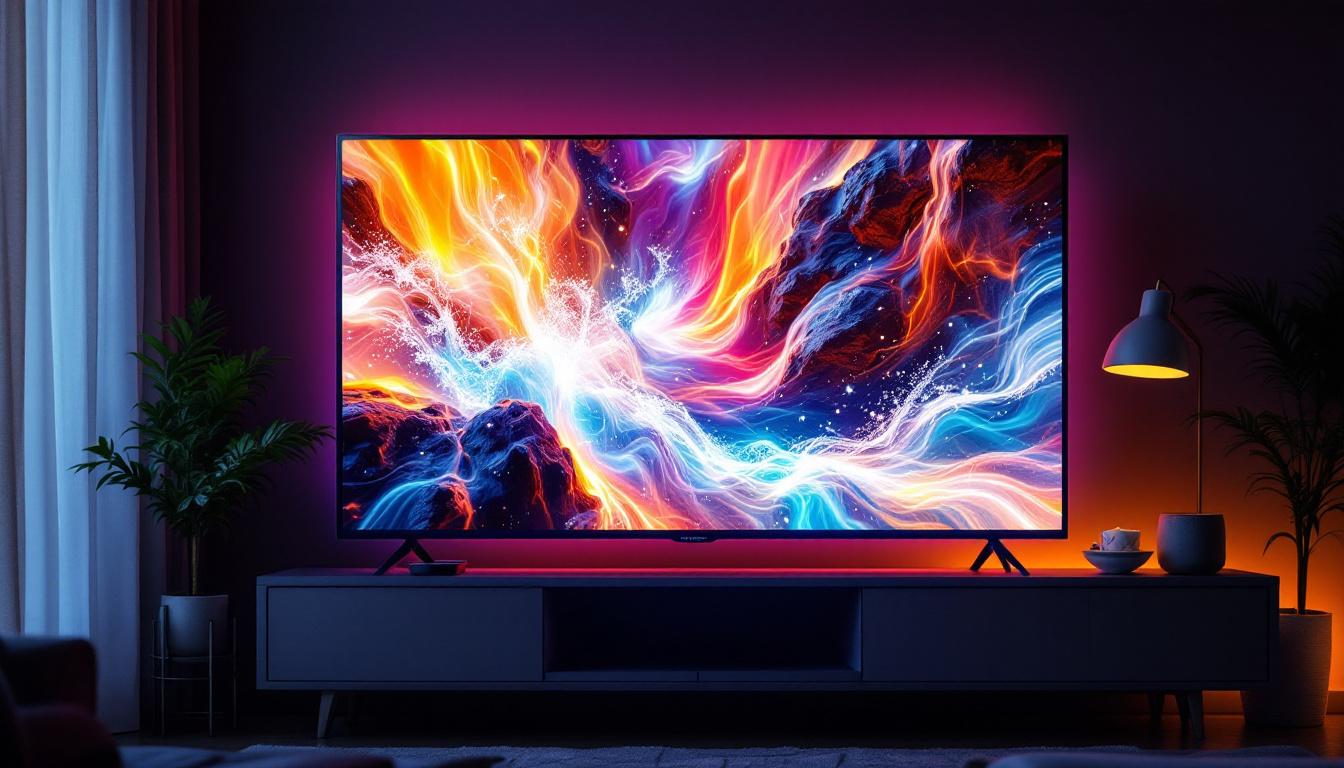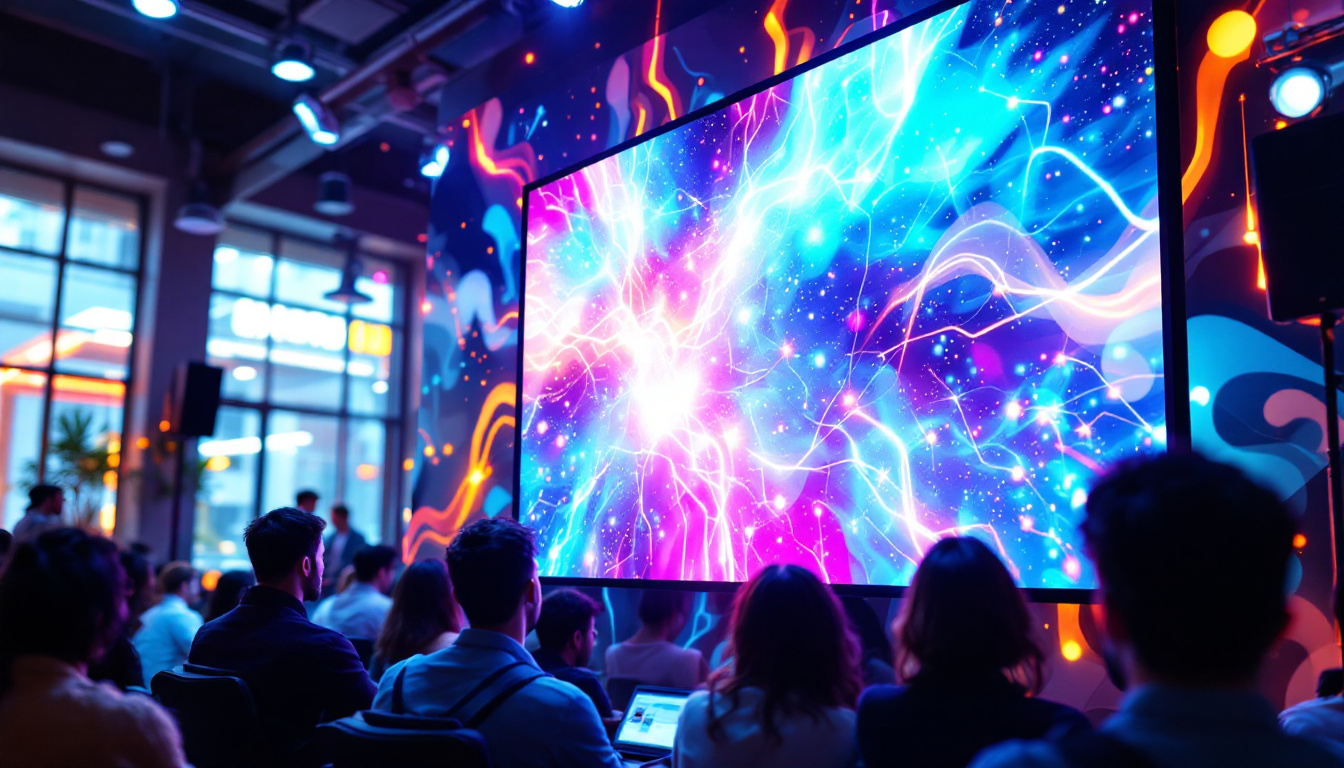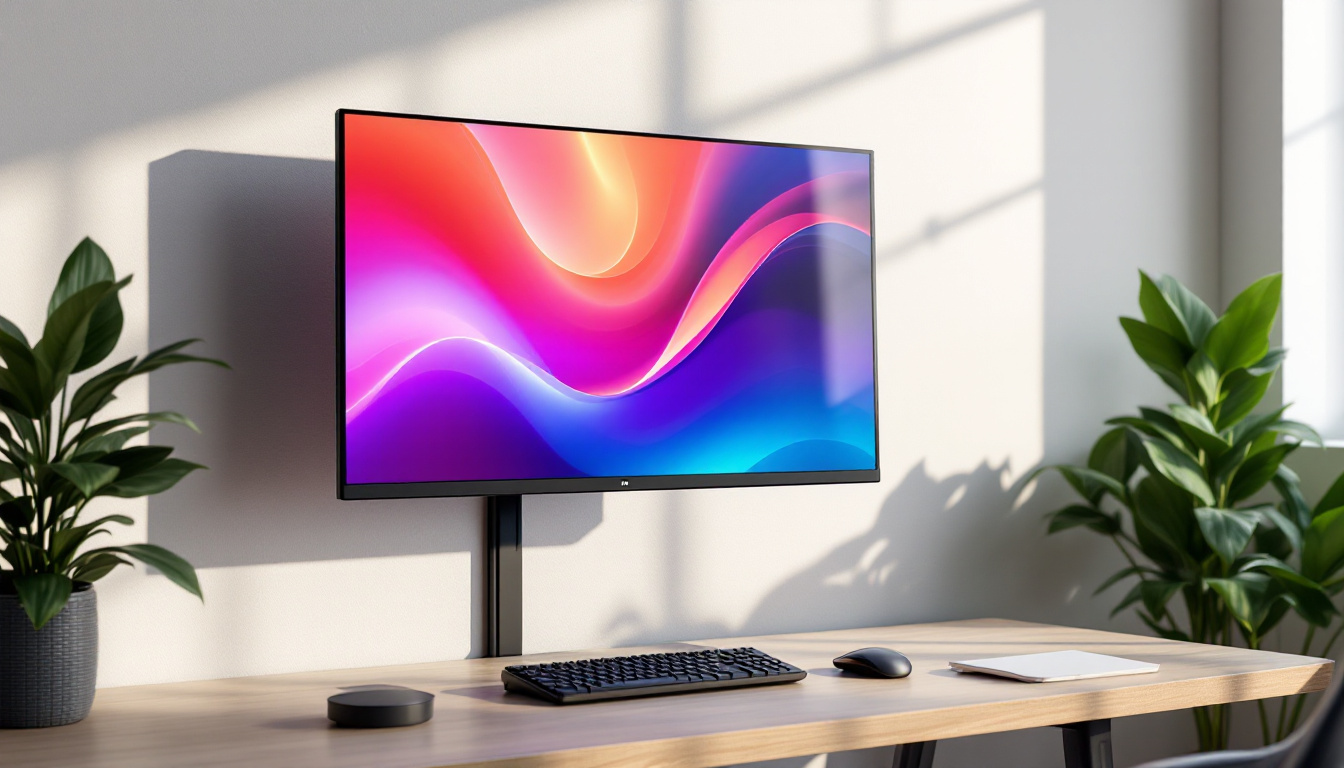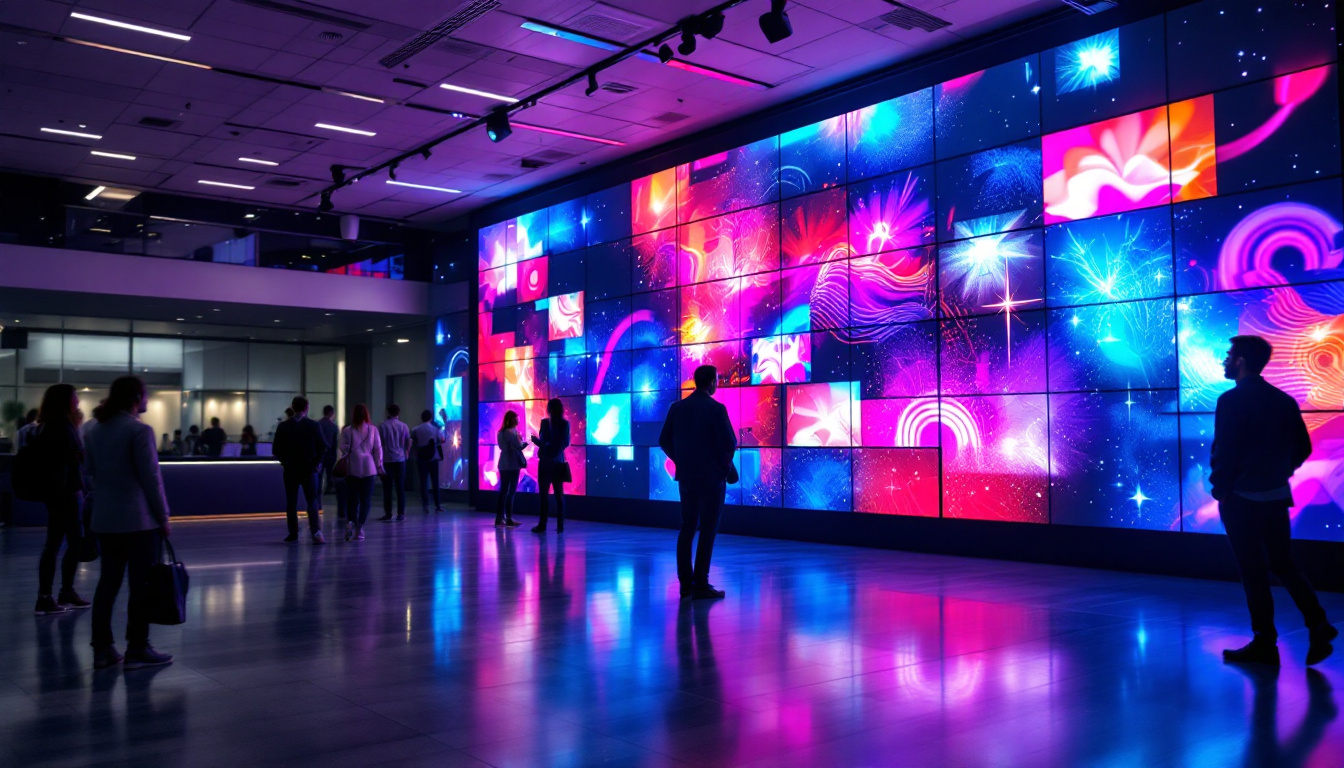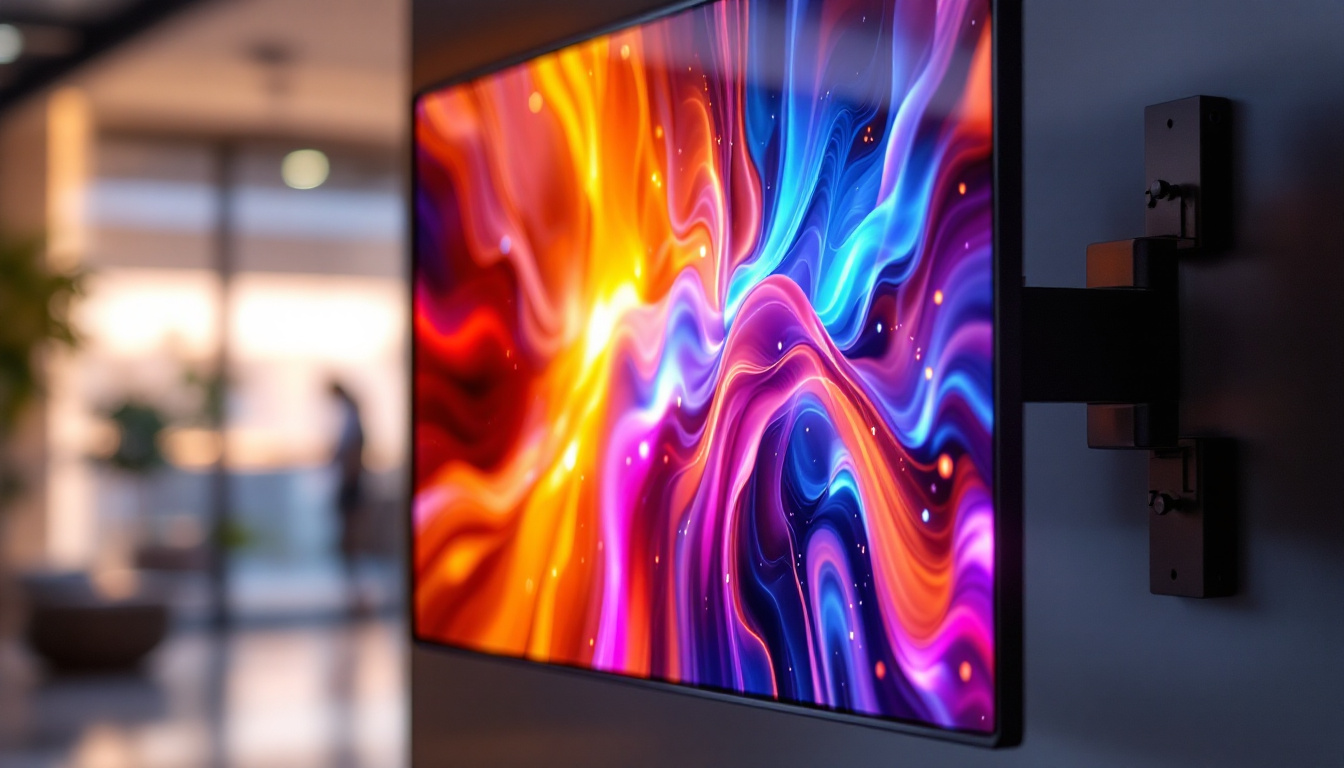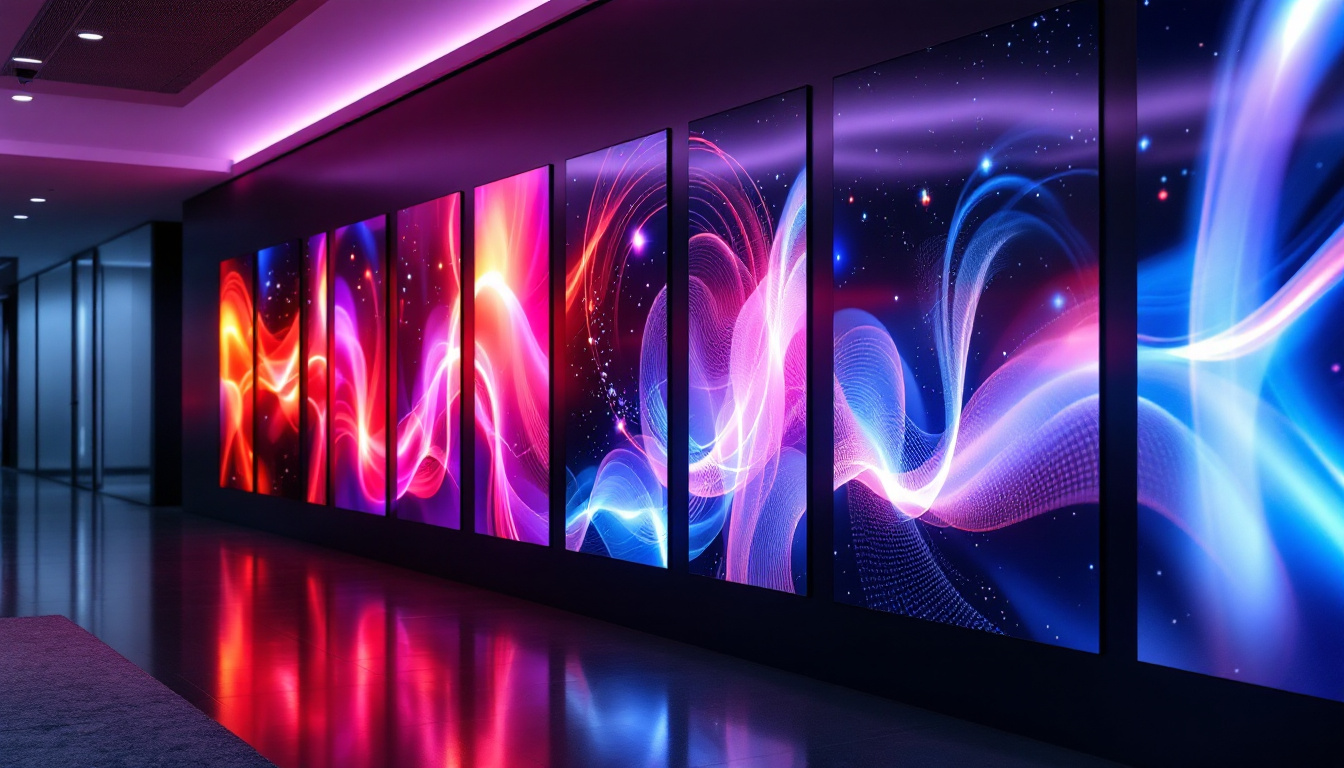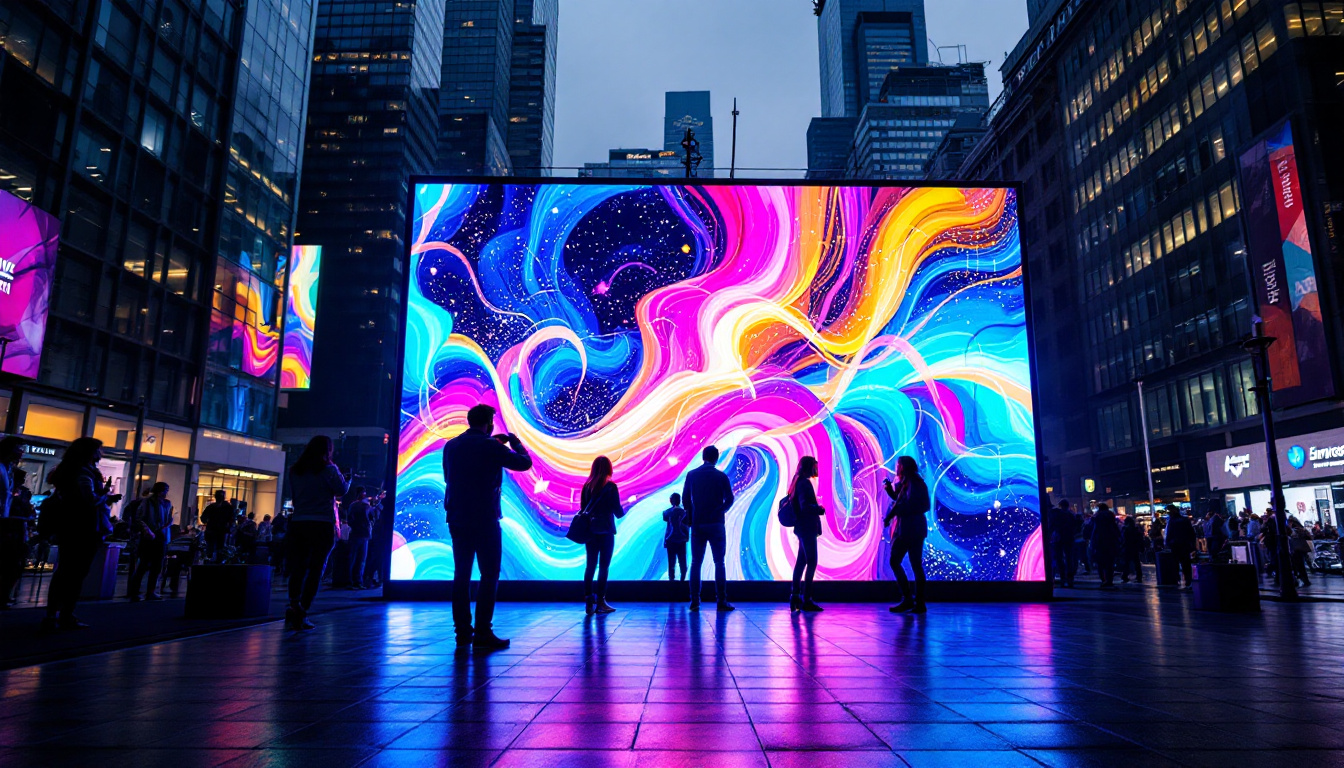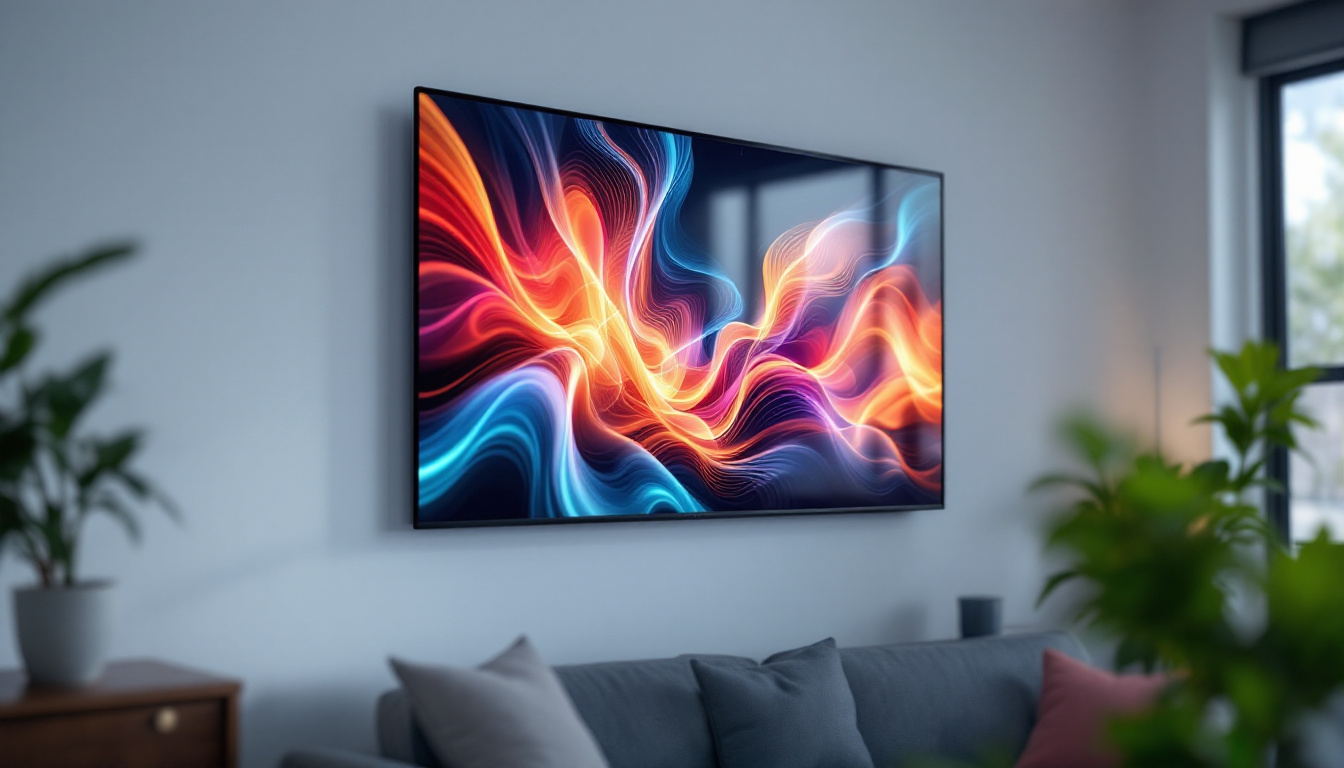In the rapidly evolving world of television technology, understanding the distinctions between various display types can be overwhelming. Among these, LCD TVs with LED displays have become the industry standard, offering consumers a blend of affordability, performance, and energy efficiency. This article delves into the intricacies of LCD TV screens and explains how LED displays function, helping you make informed decisions when selecting your next television.
Understanding LCD Technology
What is an LCD Screen?
LCD stands for Liquid Crystal Display, a technology that has revolutionized the way images are presented on screens. Unlike older cathode ray tube (CRT) televisions, LCD screens use liquid crystals sandwiched between two layers of glass or plastic. These crystals do not emit light themselves but manipulate light passing through them to create images.
The liquid crystals align in different ways when an electric current passes through, controlling the amount of light that reaches the viewer’s eyes. This process allows for the display of sharp images with vibrant colors and high resolution, making LCDs a popular choice for televisions, monitors, and mobile devices. The technology has evolved significantly since its inception, with advancements in pixel density and color accuracy allowing for an immersive viewing experience. Modern LCD screens can support high-definition (HD), 4K, and even 8K resolutions, catering to the demands of both casual viewers and professional content creators alike.
The Role of Backlighting in LCD TVs
Since liquid crystals cannot produce light independently, LCD screens require an external light source known as backlighting. Early LCD TVs used cold cathode fluorescent lamps (CCFLs) as backlights, which provided uniform illumination but had limitations in terms of energy consumption, thickness, and brightness.
The introduction of LED backlighting marked a significant advancement. LEDs (Light Emitting Diodes) are more energy-efficient, offer better brightness control, and enable thinner screen designs. This innovation led to the widespread adoption of LED-backlit LCD TVs, often simply referred to as “LED TVs” in the consumer market. Additionally, advancements such as local dimming technology have further enhanced the viewing experience by allowing specific areas of the screen to dim or brighten independently, resulting in deeper blacks and improved contrast ratios. This has made LED-backlit LCDs particularly appealing for watching movies and playing video games, where visual fidelity is paramount.
LED Displays: What Sets Them Apart?
Types of LED Backlighting
LED-backlit LCD TVs primarily use two types of backlighting: edge-lit and full-array. Edge-lit LED TVs position LEDs along the edges of the screen, using light guides to distribute illumination evenly across the display. This design allows for ultra-thin TV profiles and lighter weight but can sometimes result in uneven brightness or contrast. Additionally, edge-lit technology tends to struggle with deep blacks, as the light source is not evenly distributed across the entire screen, leading to potential halo effects around bright objects on dark backgrounds.
Full-array LED backlighting places LEDs directly behind the entire screen surface, often paired with local dimming technology. Local dimming enables selective dimming of specific LED zones, enhancing contrast by deepening blacks and improving overall picture quality. This method is typically found in higher-end models and is favored by enthusiasts seeking superior image performance. Furthermore, full-array setups can provide a more immersive viewing experience, especially in dark environments, as they can create a more dynamic range of brightness that brings out details in both shadows and highlights.
Mini-LED and Micro-LED: The Next Generation
Recent advancements have introduced Mini-LED and Micro-LED technologies, pushing the boundaries of LED backlighting further. Mini-LEDs are smaller LEDs that allow for thousands of dimming zones, significantly improving contrast ratios and brightness control compared to traditional full-array LEDs. This technology not only enhances the viewing experience for movies and games but also reduces the risk of blooming, where bright areas bleed into darker ones, providing a cleaner and sharper image overall. As a result, Mini-LED displays are becoming increasingly popular among consumers who prioritize visual fidelity.
Micro-LED technology, still emerging in consumer markets, uses microscopic LEDs that function as individual pixels, eliminating the need for liquid crystals altogether. This approach promises exceptional color accuracy, brightness, and durability but currently comes at a premium price point. The potential for modular designs also sets Micro-LED apart, allowing users to create custom screen sizes and shapes tailored to their specific needs. As this technology matures, it could revolutionize not just television displays but also commercial applications, such as digital signage and immersive environments, where flexibility and high performance are paramount.
Advantages of LED-Backlit LCD TVs
Energy Efficiency and Environmental Impact
One of the primary benefits of LED-backlit LCD TVs over older CCFL models is energy efficiency. LEDs consume less power while providing higher brightness levels, which translates to lower electricity bills and a reduced environmental footprint. According to the U.S. Department of Energy, LED TVs can use up to 40% less energy than CCFL-backlit counterparts.
This efficiency is particularly important as consumers become more environmentally conscious and seek sustainable electronics. Additionally, LEDs contain fewer hazardous materials, making them safer to manufacture and dispose of responsibly.
Improved Picture Quality
LED backlighting enhances picture quality by offering better brightness control and contrast. The ability to implement local dimming in full-array LED TVs allows for deeper blacks and more vivid colors, improving the overall viewing experience. This is crucial for watching high-definition content, HDR (High Dynamic Range) videos, and gaming.
Moreover, LED technology supports higher refresh rates and faster response times, reducing motion blur and providing smoother images during fast-paced scenes. These factors contribute to a more immersive and enjoyable viewing experience.
Design and Durability
LED-backlit LCD TVs are generally thinner and lighter than their CCFL predecessors, enabling sleeker designs that fit modern living spaces better. This slim profile also facilitates wall mounting and easier handling during installation.
LEDs have a longer lifespan and are more durable, reducing the likelihood of backlight failure over time. This reliability translates to fewer repairs and replacements, offering better value for consumers.
Common Misconceptions About LED TVs
Is an LED TV an OLED TV?
Despite the similar acronyms, LED TVs and OLED TVs are fundamentally different. LED TVs are essentially LCD TVs with LED backlighting, whereas OLED (Organic Light Emitting Diode) TVs use organic compounds that emit light when electrically stimulated. This difference means OLED TVs can produce true blacks and have superior contrast since each pixel emits its own light and can be turned off individually.
LED TVs, while excellent performers, rely on backlighting and liquid crystals, which can limit contrast and black levels compared to OLEDs. Understanding this distinction helps consumers set realistic expectations based on budget and viewing preferences.
Does LED Backlighting Guarantee Better Quality?
While LED backlighting generally improves picture quality and energy efficiency, not all LED TVs are created equal. Factors such as panel type (IPS vs. VA), resolution, color accuracy, and processing capabilities play significant roles in overall performance.
For example, an edge-lit LED TV may not deliver the same contrast or uniformity as a full-array local dimming model. Therefore, it is important to consider the entire TV specification and not rely solely on the presence of LED backlighting as an indicator of quality.
Choosing the Right LCD TV with LED Display
Assessing Your Viewing Environment
The environment where the TV will be placed greatly influences the type of LCD TV with LED display to choose. For brightly lit rooms, a TV with higher brightness levels and anti-reflective coatings can enhance visibility. Full-array LED TVs with local dimming are better suited for darker rooms where contrast and black levels are more noticeable.
Screen Size and Resolution Considerations
Screen size should be selected based on viewing distance and room size. For instance, a 55-inch TV is ideal for a viewing distance of about 7 to 9 feet. Resolution plays a key role as well; 4K UHD TVs have become the norm, offering four times the pixel count of Full HD, resulting in sharper images, especially on larger screens.
Many LED-backlit LCD TVs now support 4K resolution and HDR formats like HDR10 and Dolby Vision, which significantly enhance picture quality by expanding the color gamut and dynamic range.
Budget and Brand Reliability
Price ranges for LED-backlit LCD TVs vary widely, from budget models under $300 to premium options exceeding $2,000. While higher prices often correlate with better features and build quality, some mid-range models offer excellent value.
Choosing reputable brands with strong customer support and warranty policies can provide peace of mind. Additionally, reading expert reviews and user feedback helps identify models that deliver consistent performance and reliability.
Future Trends in LCD and LED TV Technology
Integration of Smart Features
Modern LED-backlit LCD TVs increasingly incorporate smart functionalities, including built-in streaming apps, voice control, and compatibility with smart home ecosystems. These features enhance user convenience and transform TVs into multifunctional entertainment hubs.
Advancements in Display Panels
Technologies such as Quantum Dot enhancement have been integrated into LED-backlit LCD TVs to improve color accuracy and brightness. Quantum Dot displays use nanocrystals to emit precise colors when illuminated by LEDs, resulting in richer and more vibrant images.
Competition with Emerging Technologies
While OLED and Micro-LED displays gain traction, LED-backlit LCD TVs continue to evolve, balancing cost and performance. Innovations like Mini-LED backlighting and improved local dimming algorithms aim to narrow the performance gap, ensuring LCD TVs remain competitive and accessible to a broad audience.
Conclusion
LCD TVs with LED displays represent a mature and versatile technology that offers excellent picture quality, energy efficiency, and sleek design. Understanding the underlying principles of LCD and LED technologies, along with the various backlighting methods, empowers consumers to make informed choices tailored to their viewing needs and budget.
As the television market continues to innovate, LED-backlit LCD TVs are poised to maintain their relevance by integrating advanced features and improving performance. Whether for casual viewing, gaming, or home theater setups, these TVs provide a reliable and high-quality visual experience for a wide range of users.
Explore Cutting-Edge LED Displays with LumenMatrix
Ready to elevate your viewing experience with the latest in LED display technology? LumenMatrix, a pioneer in innovative LED solutions, offers an extensive range of products designed to bring your visual communications to life. From captivating Indoor and Outdoor LED Wall Displays to dynamic Vehicle and Sports LED Displays, each solution is crafted to deliver unparalleled clarity and impact. Discover the transformative power of LED Poster Displays, Floor LED Displays, and the versatility of Custom and All-in-One LED Display options. Experience the future of display technology with LumenMatrix’s LED Transparent Display, and see how we’re redefining visual engagement. Check out LumenMatrix LED Display Solutions today and join the revolution in high-quality, energy-efficient visual storytelling.

